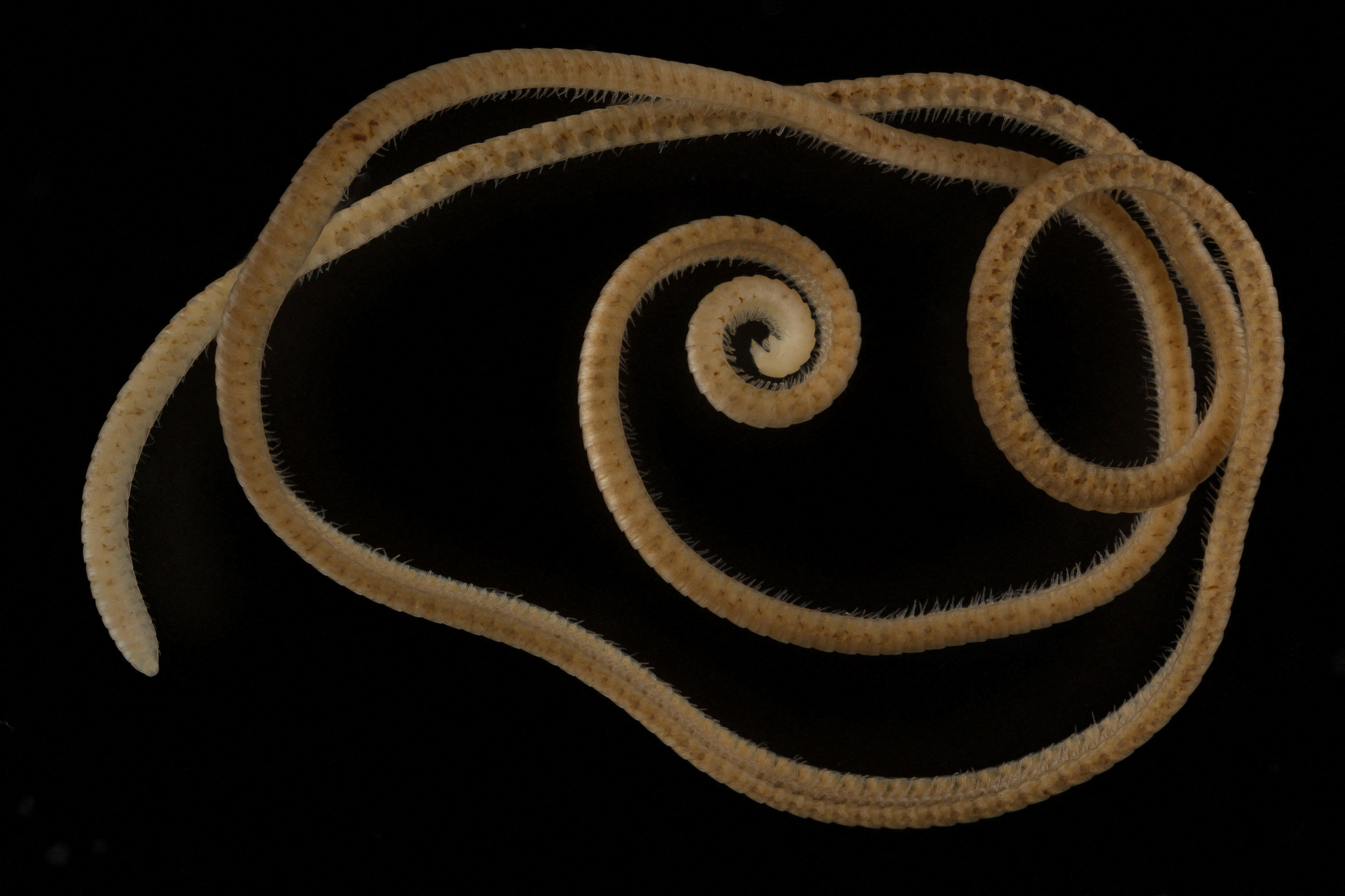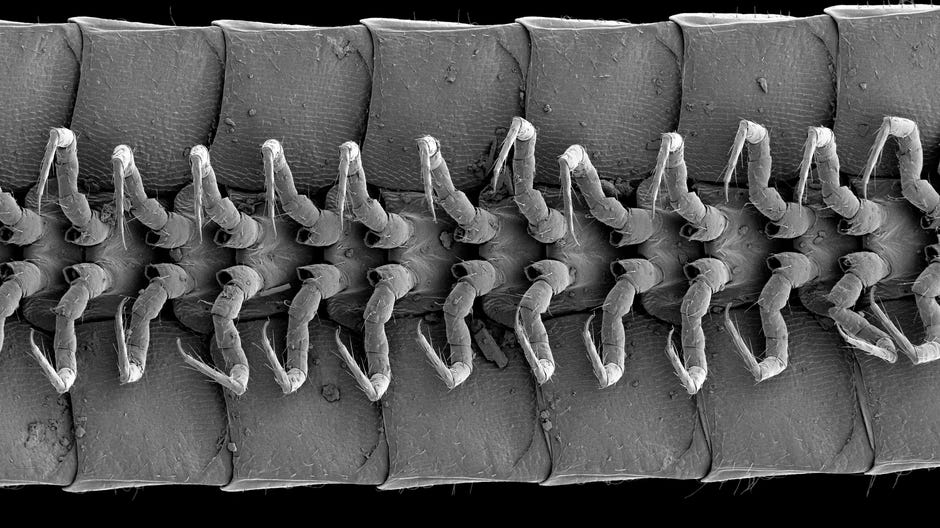
Deep underground in an exploratory drill hole in an Australian mining zone, scientists uncovered Eumillipes Persephone, a “marvel of evolution”. They discovered an extraordinarily elongated blind millipede with the most legs of any known animal – 1,306 to be exact.
The threadlike pale-colored millipede has a conical head, beak-shaped mouth, and huge antennae. They are likely one of its sole sources of sensory input because it lacks eyes, experts said on Thursday. It is about 3-1/2 inches long and about four-hundredths of an inch (0.95 mm) wide.
“Previously no known millipede actually had 1,000 legs despite the name millipede meaning ‘a thousand feet,” said Virginia Tech entomologist Paul Marek. Paul is the lead author of the research that the journal Scientific Reports published.
Eumillipes Persephone: Marvel of evolution

Eumillipes Persephone is the name of the creature. They discovered a small group of individuals living nearly 200 feet (60 meters) underground. Females possessed a larger number of legs than males.
“In my opinion, this is a stunning animal, a marvel of evolution,” said study co-author Bruno Buzatto, a principal biologist at Bennelongia Environmental Consultants in Perth, Australia.
“It represents the most extreme elongation found to date in millipedes, which were the first animals to conquer the land. And this species, in particular, managed to adapt to living tens of meters deep in the soil, in an arid and harsh landscape where it is very hard to find any millipedes surviving in the surface,” Buzatto added.
Until now, the leggiest animal known was Illacme plenipes, a California millipede species with 750 legs.
Eumillipes may have benefited from having so many legs, according to the researchers.
“We believe that the large number of legs provides an advantage in terms of traction/force to push their bodies forward through small gaps and fractures in the soil where they live,” Buzatto said.
In a subterranean habitat rich in iron and volcanic rocks, the species lives in utter darkness. Because it lacks eyes, it must rely on other senses such as touch and smell to detect its surroundings. The researchers believe it eats fungi since it belongs to a family of fungal-eating millipedes.
Persephone: True thousand feet

It was discovered in the Goldfields-Esperance region of Western Australia. Miners look there for gold and other minerals including lithium and vanadium. The study documented four Eumillipes individuals. Then, they discovered another four. None of them were alive.
An adult female had 1,306 legs and another one had 998. Two adult males had 818 legs and 778 legs respectively.
Millipedes molt – losing their tough outer covering – grow and add four-legged segments throughout their lives. It is precisely why the number of legs varies from species to species.
“It’s quite common in millipedes for individuals to gain more legs as they molt. So that older individuals have more legs than juveniles,” Buzatto said.
Millipedes typically have 100 to 200 legs. Centipedes, after millipedes, have the most legs, sometimes as many as 382. Millipedes have two pairs of legs per body segment, whereas centipedes have one pair per body segment.
The scientific name for the newly discovered creature means “true thousand feet”. It refers to Persephone, the queen of the underworld in Greek mythology.
More than 400 million years ago, millipedes, slow-moving arthropods related to centipedes, insects, and crustaceans, first appeared.
Approximately 13,000 species have been identified. These species are dwelling in a variety of habitats and feed on decaying plants and fungi. They help to maintain a healthy ecosystem. They break down the stuff they eat and liberate its constituent parts such as carbon, nitrogen, and simple sugars.
“These nutrients can then be used by future generations of life,” Marek said.






